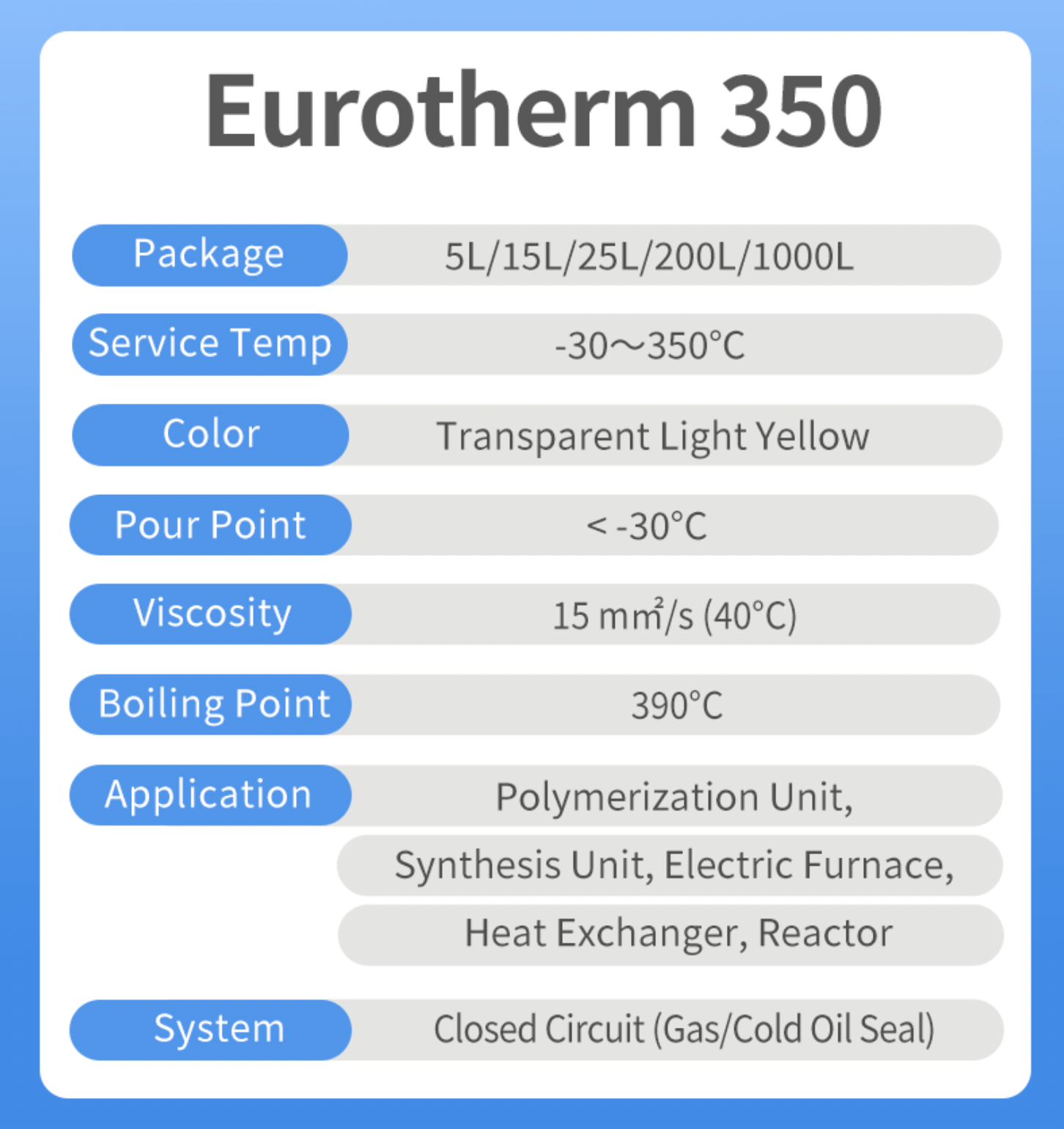Fascination About Chemie
Table of ContentsChemie Things To Know Before You Get ThisNot known Details About Chemie The Ultimate Guide To ChemieThe smart Trick of Chemie That Nobody is DiscussingSee This Report on ChemieChemie Fundamentals Explained
By Bojanna Shantheyanda, Sreya Dutta, Kevin Coscia and David SchiemerDynalene, Inc. Liquid air conditioning, which can be accomplished making use of indirect or direct ways, is utilized in electronic devices applications having thermal power densities that may surpass safe dissipation via air cooling. Indirect liquid air conditioning is where warm dissipating digital parts are physically separated from the fluid coolant, whereas in situation of direct air conditioning, the components are in direct contact with the coolant.However, in indirect cooling applications the electric conductivity can be crucial if there are leakages and/or spillage of the liquids onto the electronic devices. In the indirect cooling applications where water based liquids with rust inhibitors are generally utilized, the electrical conductivity of the fluid coolant mostly relies on the ion focus in the liquid stream.
The rise in the ion concentration in a closed loophole liquid stream might happen due to ion leaching from steels and nonmetal components that the coolant fluid is in contact with. Throughout operation, the electric conductivity of the fluid might increase to a level which can be damaging for the cooling system.
Getting My Chemie To Work
The examples were enabled to equilibrate at room temperature for two days before tape-recording the initial electric conductivity. In all examinations reported in this research study fluid electric conductivity was determined to a precision of 1% using an Oakton disadvantage 510/CON 6 collection meter which was calibrated before each measurement.
The Main Principles Of Chemie
from the wall heating coils to the facility of the furnace. The PTFE example containers were placed in the heater when consistent state temperatures were gotten to. The test setup was removed from the heating system every 168 hours (seven days), cooled to room temperature level with the electric conductivity of the fluid determined.
The electrical conductivity of the fluid example was kept track of for a total amount of 5000 hours (208 days). Schematic of the indirect closed loophole cooling experiment set-up. Parts utilized in the indirect closed loop cooling experiment that are in contact with the liquid coolant.

Some Known Details About Chemie
During operation the liquid storage tank temperature was maintained at 34C. The modification in liquid electric conductivity was monitored for 136 hours. The fluid from the system was gathered and kept. In a similar way, shut loophole test with ion exchange resin was accomplished with the exact same cleaning treatments utilized. The preliminary electric conductivity of the 230ml UP-H2O in the system determined 1.84 S/cm.

0.1 g of Dowex resin was contributed to 100g of fluid examples that was absorbed a different container. The combination was stirred and alter in the electric conductivity at area temperature level was gauged every hour. The determined adjustment in the electric conductivity of the UP-H2O and EG-LC test liquids consisting of polymer or metal when immersed for 5,000 hours at 80C is shown Figure 3.
Things about Chemie
Ion seeping experiment: Measured modification in electric conductivity of water and EG-LC coolants containing either polymer or metal samples when immersed for 5,000 hours at 80C. The outcomes indicate that steels added fewer ions right into the liquids than plastics in both UP-H2O and EG-LC based coolants.
Fluids including polypropylene and HDPE exhibited the most affordable electrical conductivity changes. This can be as a result of the short, inflexible, straight chains which are much less most likely to contribute ions than longer branched chains with weaker intermolecular pressures. Silicone additionally did well in both examination fluids, as polysiloxanes are typically chemically inert as a result of the high bond energy of the silicon-oxygen bond which would stop deterioration of the material right into the liquid.
Chemie Can Be Fun For Everyone
It would be anticipated that immersion cooling liquid PVC would produce comparable results to those of PTFE and HDPE based on the similar chemical structures of the materials, nonetheless there might be various other contaminations existing in the PVC, such as plasticizers, that might influence the electrical conductivity of the fluid - inhibited antifreeze. Furthermore, chloride teams in PVC can additionally leach into the test fluid and can trigger a rise in electrical conductivity
Buna-N rubber and polyurethane revealed signs of degradation and thermal disintegration which recommends that their feasible energy as a gasket or adhesive product at greater temperature levels could result in application concerns. Polyurethane completely broke down into the examination fluid by the end of 5000 hour examination. Number 4. Before and after photos of metal and polymer examples submersed for 5,000 hours at 80C in the ion leaching experiment.
Measured adjustment in the electrical conductivity of UP-H2O coolant as a function of time with and without material cartridge in the shut indirect cooling loophole experiment. The gauged change in electric conductivity of the UP-H2O for 136 hours with and without ion exchange resin in the loop is received Number 5.
Comments on “The Chemie Ideas”